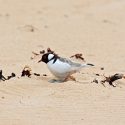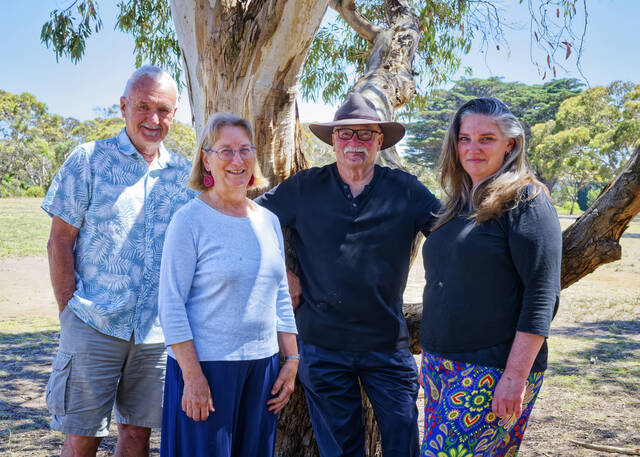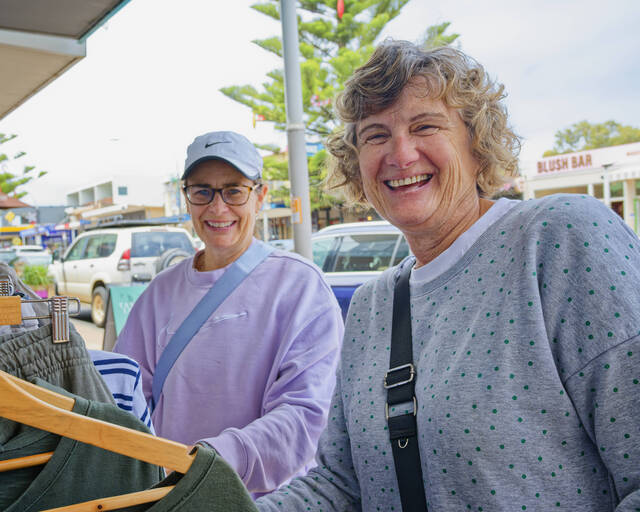The endangered hooded plover has beaten the odds this year, with six chicks surviving on the surf beaches stretching from Point Lonsdale to Breamlea.
The six hoodie chicks that survived this season are now old enough to fly and are more able to avoid predation. This year’s achievement is remarkable, considering how challenging it is for chicks to survive to fledging. There are currently only around 570 hoodies left on the south east coast.
Hooded Plovers are an endangered species, and are protected under the Victorian Flora and Fauna Guarantee Act 1988 and the Federal Environment Protection and Biodiversity Conservation Act 1999.
“Hooded plovers are a rarity along the Great Ocean Road and the Bellarine Peninsula, which makes protecting these little birds a very high priority,” City of Greater Geelong Environment and Sustainability Chair Sarah Mansfield said.
“It is fantastic to see that our educational campaign and the tireless work of BirdLife Australia volunteers has been rewarded this year. By providing temporary fencing and signage, constructing wooden teepees and enforcing dog regulations, it was enough to give these endangered birds a better chance of survival.”
“A big thank you to beach users who helped make this season a success by observing signs and giving the hoodies their space.”
Hoodie breeding pairs lay up to three eggs in the sand from late August, and incubate them for four weeks until they hatch. Once born, chicks are unable to fly until they are five weeks old and must feed themselves, foraging for sand hoppers and other invertebrates along the water’s edge.
Hoodie chicks can travel up to 2km from their nesting site in search of food.









